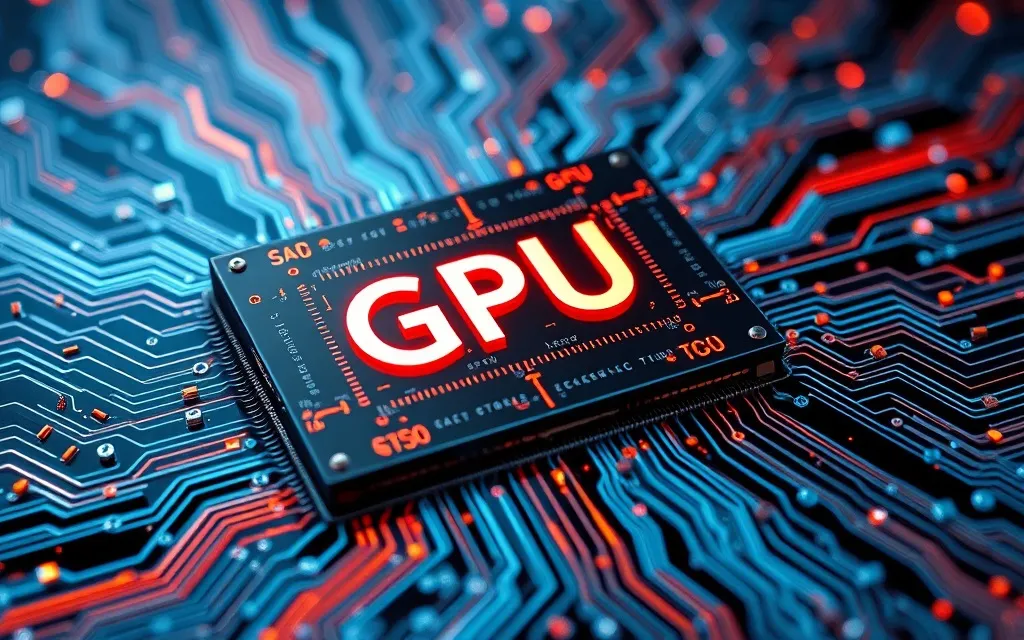
2024-11-15T04:00:00+00:00
The Graphics Processing Unit (GPU) has undergone a transformative journey, evolving from a gaming graphics enhancer to a critical component in artificial intelligence (AI). This article explores the GPU's evolution, its profound impact on gaming and AI, and its promising future.
In 1999, the NVIDIA GeForce 256 debuted as the world's first GPU, revolutionizing gaming graphics with hardware transform and lighting (T&L). This innovation freed CPUs from complex graphical tasks, enabling games like Quake III Arena and Unreal Tournament to deliver unprecedented visual experiences. As GPUs advanced, they became essential for platforms like Twitch and YouTube Gaming, fueling the rise of esports events such as The International and the Fortnite World Cup.
While GPUs reshaped gaming, their potential for AI became evident by 2011. Researchers harnessed NVIDIA GPUs for AI research, achieving supercomputer-level performance. A pivotal moment came in 2012 when AlexNet, powered by NVIDIA GPUs, dominated the ImageNet competition, marking a breakthrough in AI capabilities. GPUs excel in AI tasks due to their parallel processing power, crucial for training complex machine learning and deep learning models.
NVIDIA's CUDA, introduced in 2006, enabled GPUs to handle general computing tasks, solidifying their role in AI and beyond. NVIDIA's Tensor Cores and Transformer Engine further enhanced GPU performance, facilitating the development of sophisticated AI systems like ChatGPT and GPT-4. The global GPU market is projected to grow over 30% annually, reaching $274 billion by 2029. Companies like AMD and Intel are also focusing on AI accelerators and data center computations to capitalize on this growth.
As AI models grow in complexity, with models like GPT-4 boasting over a trillion parameters, the future of GPUs in AI is promising. NVIDIA's GPU systems are scaling to supercomputers, supporting large AI models across industries such as science, healthcare, and finance. The company's software ecosystem, with its extensive libraries and tools, ensures GPUs remain at the forefront of AI innovation. Generative AI, powered by GPUs, is expected to significantly boost the global economy, with widespread adoption on the horizon.
The journey of the GPU from gaming to AI underscores its transformative power. As we look to the future, GPUs hold immense potential to reshape industries and economies worldwide. What innovations do you foresee emerging from this technological evolution? Share your thoughts and join the conversation about the future of GPUs in AI. For more insights, explore articles on AI advancements and GPU technologies.